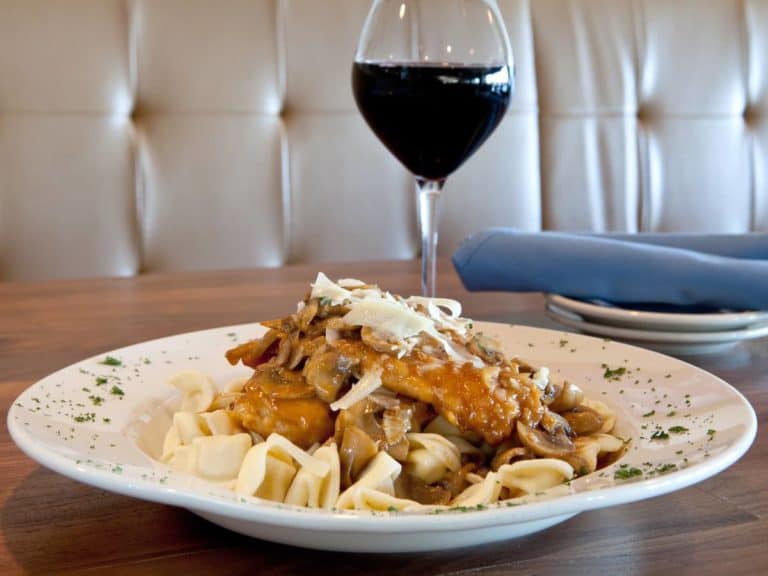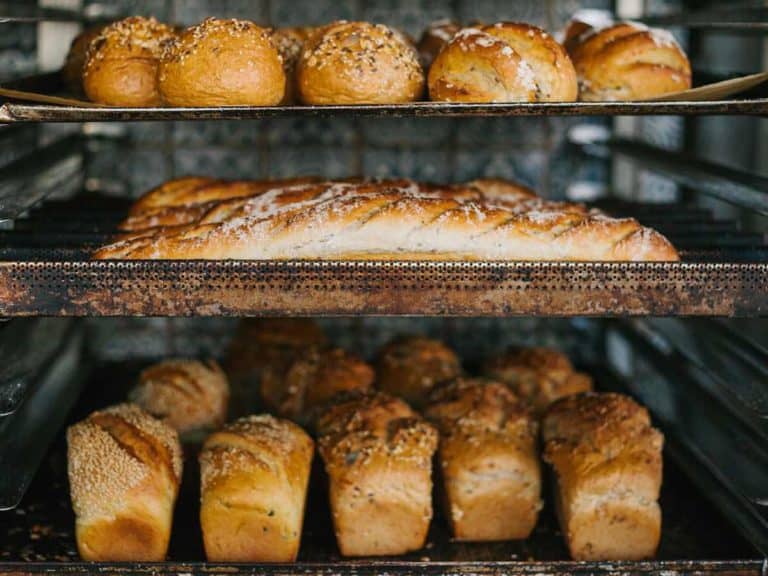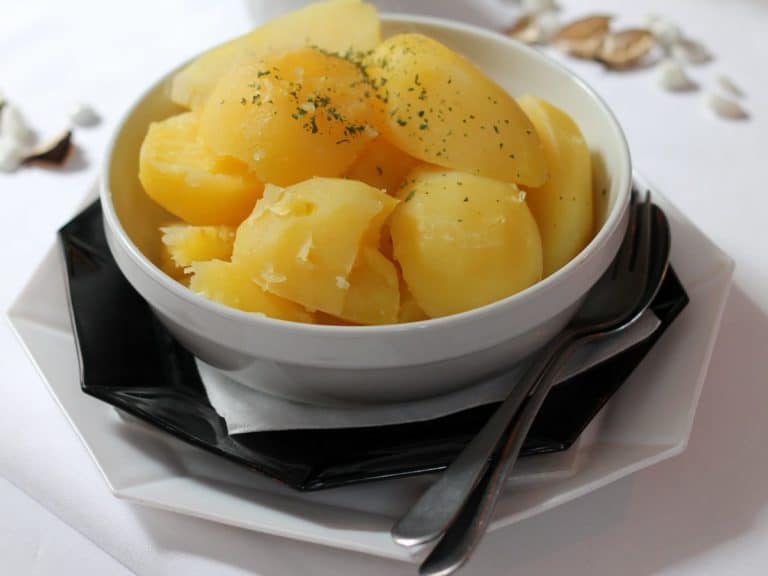How Much Curry Powder to Use And How Much is Too Much
Among the many things India has contributed to the world is curry powder. Curry powder is a mix of spices that give flavor and health to any dish, plus a vibrant yellow color. But the tricky thing with curry powder is how much of it to use. Hence you need to know how much curry powder to use in cooking.
Curry powder contains spices that have intense flavors. So, you don’t need much to have the desired effect. In general, if you’re only cooking for yourself, between 1/4 to 1/2 tablespoons of curry powder is enough. You can add more or less if you like.
Curry powders can have similar ingredients. The proportions of these ingredients can differ though. Some curry powders can also have ingredients that are unique to just them. Plus, there are different curries and variations thereof. Keep reading below to learn more.
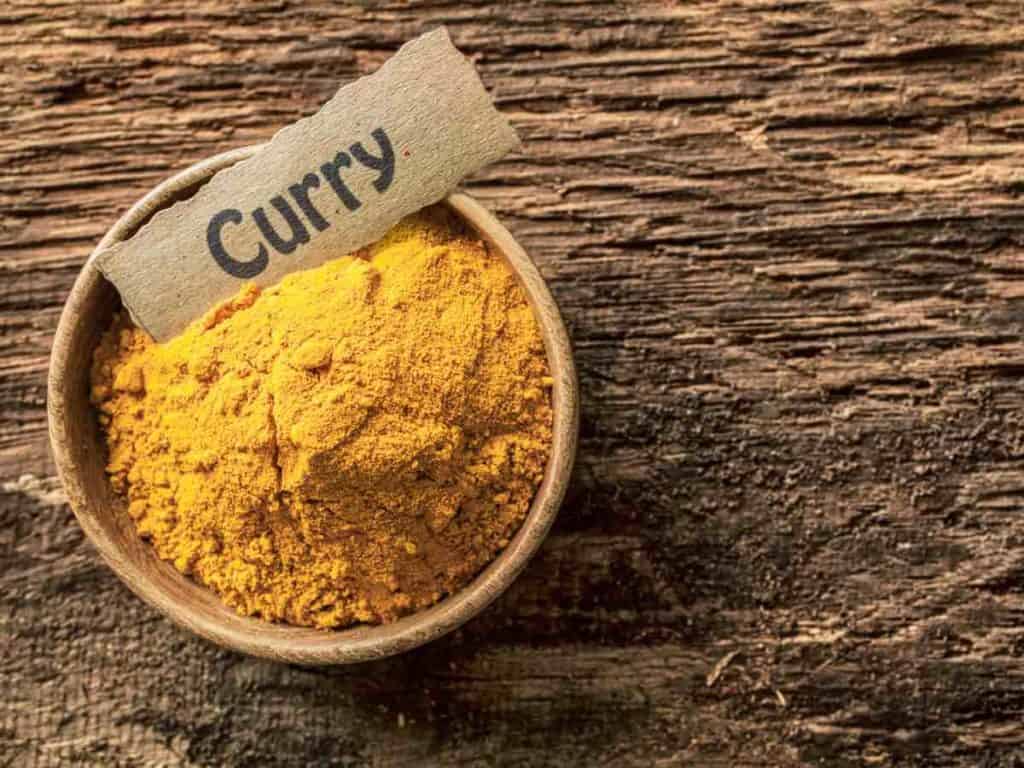
How Much Curry Powder To Use
When only cooking for one serving, a good general guideline is to use between 1/4 to 1/2 tablespoon. As you cook for more servings, you proportionally use more curry powder.
Of course, this number isn’t set in stone. You are free to adjust add more or less. You can even add individual spices if you want certain flavors to pop out, like ginger or cumin.
Dishes That Use Curry Powder
There are different dishes and curries that use curry powder. To talk about them in detail would be far too long. So we’ll just go through a brief description of each. You can use the same 1/4 to 1/2 tbsp range for all kinds. Feel free to adjust as you see fit.
Chicken Curry
There are many kinds of chicken curry. Many recipes begin by heating some oil on the pan. Once the oil is hot, you add your aromatics, like onions, garlic, and of course, your curry powder.
Once their colors mixed and their aromas are released, you can add the wet ingredients. Common wet ingredients for curriers are ginger garlic paste and tomatoes.
When those have mixed, then you add the chicken. You can simmer the meat in chicken broth for more chicken flavor.
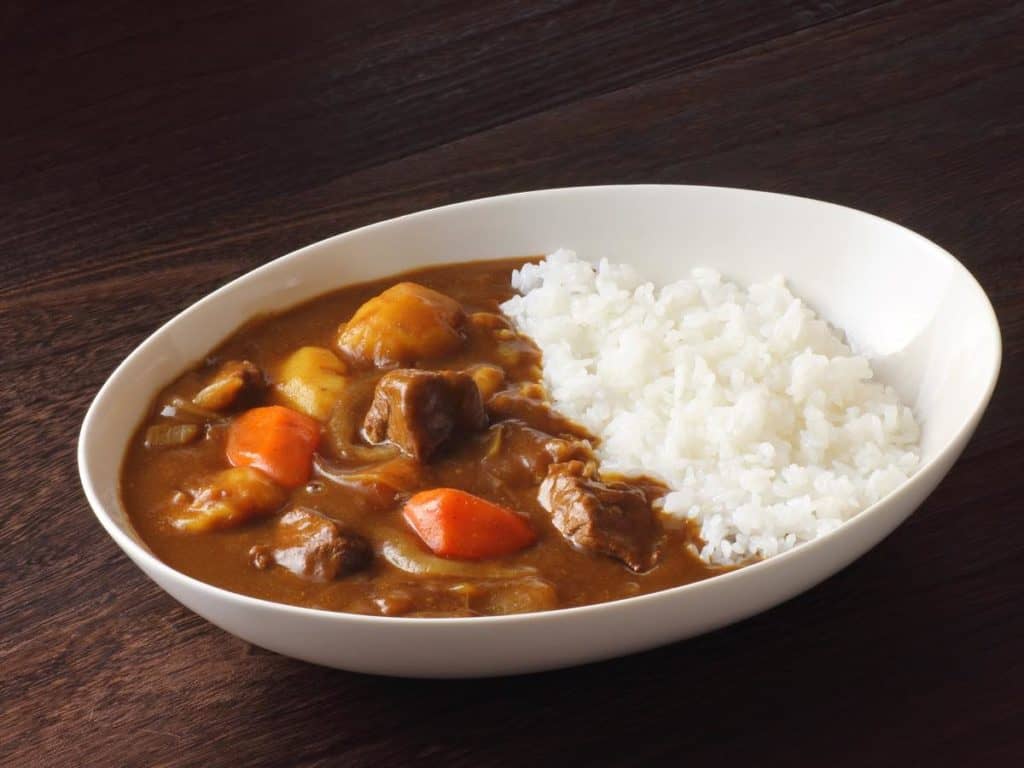
Beef Curry
With beef curries, you want the meat to be soft and succulent because you won’t cut it with a knife. Hence, in many beef curry recipes, you want to pre-cook your beef. You can pre-cook the beef by frying or boiling.
To make the meat really tender, you can pressure cook it. You then stew the meat with all the other ingredients, which includes the curry powder.
You can use the same 1/4-1/2 tbsp range for the curry powder. Like with chicken curry, you can use beef broth for more beef flavor.
For beef curry, you want a tough cut of meat. The reason is that you’ll be slow-cooking the meat. Get a tough cut with good fat content so it makes your dish juicier and flavorful. Examples of these cuts are chuck, boneless short ribs, and round roast.
Fish Curry
Fish curry is popular in the Malabar District of the Kerala State in India. The State is in the south of India, with the Arabian sea to its west. But that is just one example where fish curry is popular.
Like in many parts of the world, seafood is popular in the coastal areas of India. So it’s no surprise that there are curries for them.
There are many fish that you can use for fish curry. Freshwater fish is usually used, especially the snakehead murrel or korameena. However, you are free to use whatever fish you have access too. Some recipes use mackerel and even sardines.
When you make fish curry from fresh fish, you first remove the scales and clean the fish. Then you cut the fish first into smaller pieces. Afterwards, how you make fish curry is similar to how you make chicken curry. Fish meat is flaky and tender so be careful as you handle it.
Pork Curry
The general steps you make when cooking pork curry is the same with chicken curry. But like with beef curry, some pork cuts are better to use. The shoulder is a good choice because it has a good amount of fat and collagen. Pork loin chops are also good because of their fat content.
Curry Powder and Curry
In general, curry powder is a mix of spices that came from the Indian subcontinent and is used to make curry. A curry is a dish with a sauce seasoned with pungent spices.
The definition of both curry powder and curry is rather loose. There’s so much variety in both that it’s hard to give specific definitions. Both come from South Asia, also known as the Indian subcontinent. The area is over 1 million miles2 (2.6 million km2).
With that huge area, different groups of people with different cultures eventually formed. Because these peoples belong to the same region, there are many similarities among them. But, there are also many differences, both subtle and obvious. Among these differences is curry and curry powder.
Even seas couldn’t stand in the way of the influence of curry. Through travel and trade, curry also found its way into Southeast Asia.
You can find versions of curry in Thailand, Malaysia, Singapore. There are also versions all the way to the islands of the Philippines, and Indonesia. But for the sake of simplicity, let’s stick to India and its neighbors.
The funny thing is you won’t find “curry powder” per se in India (or other South Asian countries). The term was invented by Indian spice merchants.
It was an attempt to bring Indian flavors to England in the 18th century. The term “curry” is even a British take on the Tamil (a group of people in South Asia) word “Kari” which means “sauce”.
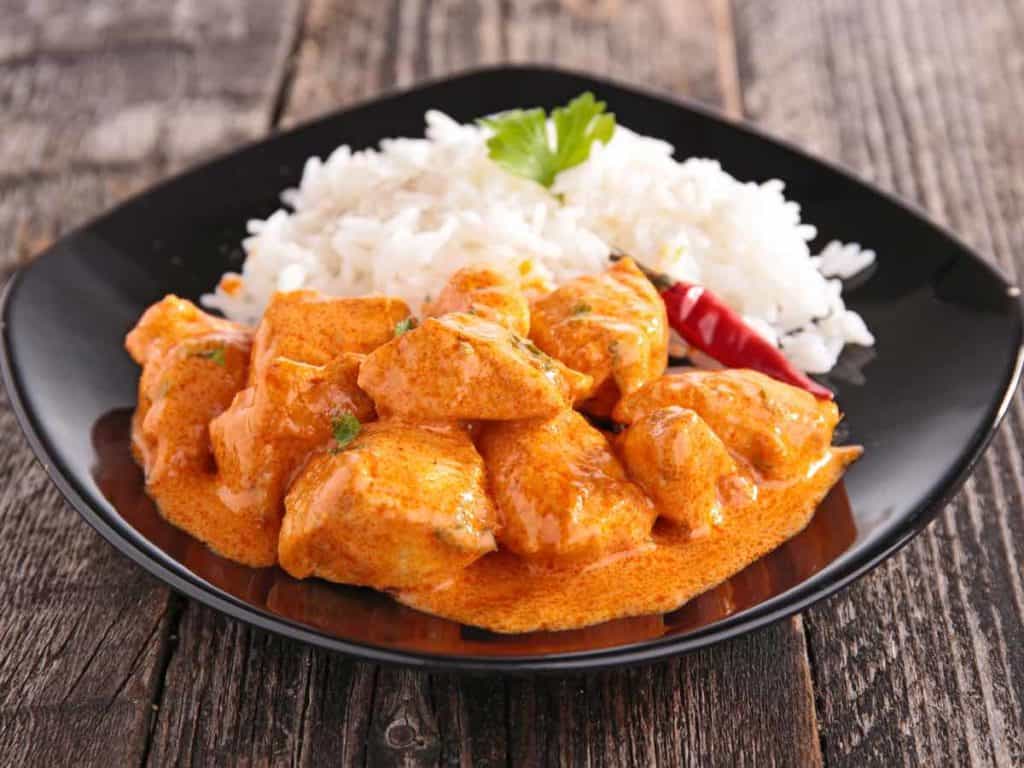
What’s In Curry Powder
Below is a list of the spices you will almost always or commonly find in curry powder.
- Turmeric
- Curry powder will always have turmeric. It gives the vibrant yellow color
- Coriander
- Cumin
- Chili
- Ginger
- Black epper
- Garlic
- Onion
Below are other spices you might find in some curry powders.
- Cinnamon
- Cloves
- Fenugreek
- Fennel
- Mace
- Cardamon
- Star Anise
- Mustard Seeds
The presence and proportions of these spices will depend on the maker.
Related Questions
How much curry powder to use instead of curry leaves?
Curry powder and curry leaves are different. You can’t substitute one for the other. Curry leaves have a citrus flavor, almost similar to lemongrass, anise, and asafetida. They are used in curries, but they are not the sole ingredient. Curry leaves are combined with some of the other spices mentioned above.
What’s the difference between curry powder and garam masala?
Curry powder and garam masala can have the same spices, but garam masala has no turmeric. You can substitute garam masala for curry powder, and just add turmeric. Garam masala is also usually used at the start and end of cooking. In contrast, curry powder is usually used at the start or middle.
